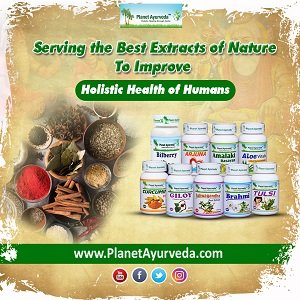HACCP certification is a prerequisite for any company that processes food, and it goes beyond simply identifying and eliminating hazards. Learn more about this system on this site here. The system also helps identify critical points in the production process where toxic substances or bacteria that can cause diseases are controlled and eliminated.
The HACCP method involves a quality management system established by the FDA to ensure that production and handling equipment, practices, and the environment are safe for both employees and consumers.
Who Needs these Certificates?
This is necessary for any food processing plant that manufactures, packages, or distributes foods intended for human consumption. This includes restaurants and cafes, hotels, and catering companies. The application of the principles may involve the following:
- Assembly of a Specific HACCP team
The operations should make sure that only people with expertise and specific product knowledge will develop a very efficient plan. This can include assembling a multi-disciplinary team and expert advice that can be obtained from legitimate sources. The overall scope should be identified and the hazards involved in making the products.
- Description
An in-depth and complete description of the product should be drawn up, including its chemical structure or physician composition. It may also include the static or microbicidal treatments involved like smoking, brining, freezing, or heat treatments, as well as the durability, packaging, methods of distribution, and storage conditions.
- Identify its Intended Use
The intended use should be based on the expectations of the consumers or users. This is where the manufacturers make it specific that their products are for institutional feeding or only for the more vulnerable groups of the population.
- Construction of the Flow Diagram
The HACCP team should construct the flow diagram. This will cover all of the steps involved in the given operation. When applying these steps, they should follow the directions from start to finish without missing anything.
- On-Site Flow Diagram Confirmation
The team should confirm each of the business processes against the created flow diagram. They will check if the hours of operations are being followed and amended as needed.
- Listing of all the Potential Hazards
Determining the potential hazards is essential in each step. The analysis is often conducted, and the team should be ready to list the possible dangers they can reasonably expect during the point of consumption, distribution, manufacture, processing, and primary production. When conducting an in-depth analysis, the team should include the following:
- The chances of a hazard occurring and its severity. The adverse health effects should be determined as well.
- Quantitative and qualitative evaluation of the presence of the hazards
- Multiplication or survival of the microorganisms that may be present in your products
- Production or formation of physical agents, chemicals, or toxins in food that can have adverse effects on one’s health
HACCP is a safety management and quality control system that can benefit many manufacturers or restaurant owners. The HACCP training courses from CaterSafe are based on the principle that some of the most likely sources of microbial contamination are poor personal hygiene, insufficient cooking or heating, not enough temperature control, cross-contamination from raw to cooked foods, and inadequate cleaning and sanitizing.
What are the Benefits?
Having a certification is the most effective way to protect your restaurant from food-borne illnesses. Achieving this certification is not an easy task, but it will give you many benefits that are hard to find elsewhere. The first and foremost is that you’re essentially providing safe dishes, cuisines, and food products to your customers. Everything is served fresh, undergone quality control, and you’re making sure that they are done in the safest possible time and environment before the food is eaten.
The first of these is that HACCP-certified restaurants have less chance of experiencing recalls, leading to heavy losses of profit. Another great benefit is that your customers are more likely to trust you. This means that you’ll have fewer complaints about your food and more people coming back for a second visit. See more about costly recalls on this website: https://money.howstuffworks.com/10-food-recalls.htm.
It is of utmost importance for food business operators to be aware and knowledgeable about hazards associated with the dishes or products they produce. HACCP is a systematic approach that starts by identifying potential risks, then defining steps to control these possible issues, and finally developing reliable procedures and training employees to serve the safest and most delicious food products possible.























